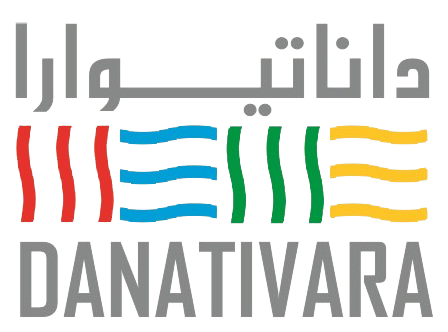[vc_row][vc_column][vc_column_text css_animation=””]
Pretreatment water softening minimizes the potential for calcium or magnesium to result in scale formation on membranes of filtration systems. Water-softening chemicals required may include: demineralizers,
dechlorinatory, and ion exchangers. Water softeners are primarily used to remove calcium and magnesium ions from the water such as boiler makeup water. If not removed, these ions can be the basis for forming insoluble compounds that will precipitate in boiler systems. A water softener eliminates this problem by replacing precipitate-forming ions with sodium ions. Since sodium based compounds are very soluble, precipitates formed by hard water can be eliminated.
[/vc_column_text][vc_empty_space][/vc_column][/vc_row][vc_row][vc_column width=”1/2″][vc_column_text css_animation=””]
In a water softener, ion exchange occurs as the water runs through a bed of small plastic resin beads which are saturated with sodium ions. As the water, containing calcium and magnesium ions, flows past the resin beads, calcium and magnesium ions “stick” to the ion exchange resin, liberating the sodium ions, which then go into solution. Eventually, the resin beads contain nothing but calcium and magnesium ions and no sodium. At this point, softening no longer occurs and hardness ions (Ca and Mg) begin to leak through the bed. When leakage occurs, or prior to the resin being exhausted, it is time to regenerate the media. DANATIVARA field engineers are experts at treating and operating these and other types of softening systems.. Chemicals required may include burnt lime, hydrated lime, dolomitic lime, caustic soda, calcium chloride, gypsum, alum, ferric sulfate, sodium aluminate, polymers, and ferrous sulfate (copperas). We will work with your team to determine the optimal water softening program to conserve energy, reduce treatment costs, and improve water softening. Ion exchangers transfer ions from the raw water to solid material so that undesirable ions do not precipitate and form scale on critical heat transfer surfaces. Water softeners use ion exchangers to remove ions like magnesium and silica and replace them with sodium.
[/vc_column_text][/vc_column][vc_column width=”1/2″][vc_single_image image=”1525″ img_size=”full” css_animation=””][/vc_column][/vc_row][vc_row][vc_column][vc_empty_space][vc_column_text css_animation=””]
The ion exchange resins have to be restored on a routine basis to regenerate the capacity once it has been exhausted. This is accomplished by backwashing the accumulated material, brining the resin, and then rinsing the bed. Water softeners may also be used to pre-treat or post-treat waters where RO systems are involved. Pre-softening the water minimizes the potential for calcium or magnesium scale formation on the RO membranes. This scale will impede the flow of water across the membranes, requiring higher operating pressures and decreased efficiency. Post treatment with softeners can further polish the water used for boiler makeup.
[/vc_column_text][/vc_column][/vc_row]

